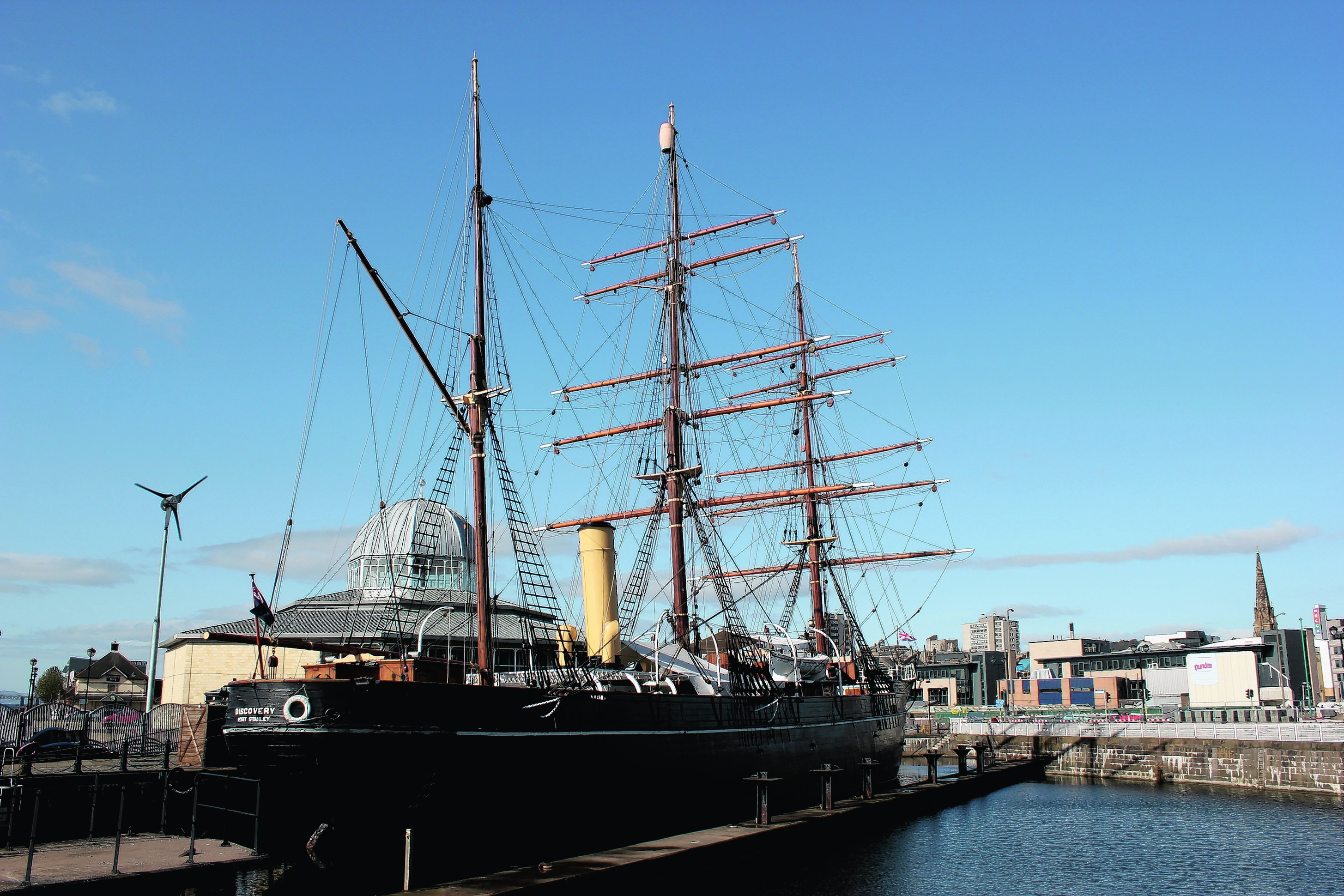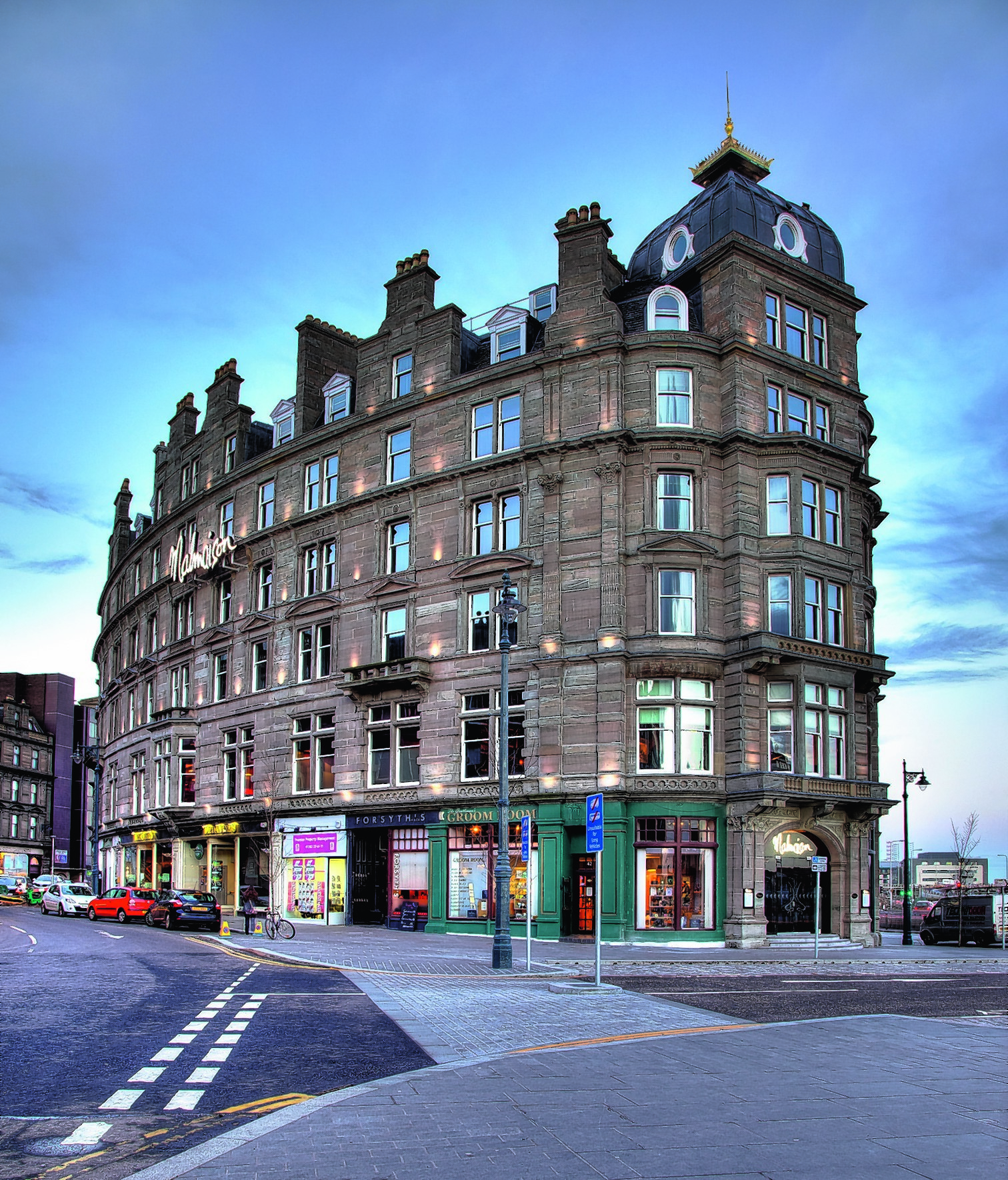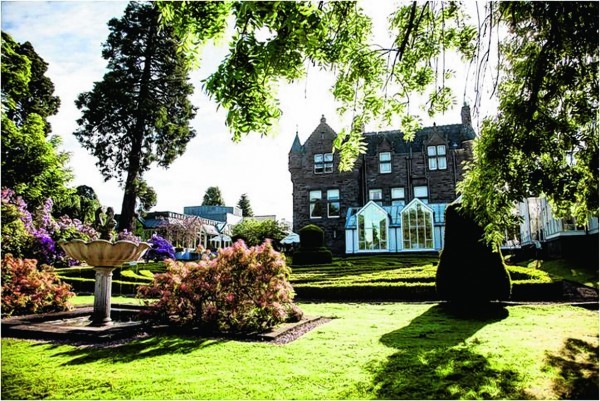A trip to Dundee was more than just a 65-mile jaunt down the A90 from Aberdeen; it was a journey through time
First on the agenda was literally a voyage of discovery as I boarded the city’s major tourist attraction that nestles on the rapidly evolving waterfront area.
RRS Discovery returned to the city where she was built when Dundee Heritage Trust took her into their care in 1986.
Present-day visitors are taken through the various stages of the ship’s most famous voyage, led by Captain Robert Scott.
A series of interactive displays, reenactments and mock interviews with crew members sets the scene for the 1901 British National Antarctic Expedition.
Among the snippets of information are details of the provisions taken on board, which included 112lb of curry powder and 200lb of preserved Brussels sprouts – a potent combination.
Many of the actual items used by the crew are on display in the five-star attraction, including Scott’s pipe, crewmen’s clothing, bedding and medical equipment.
Getting to the Antarctic was only half the story, as we hear how crew members described it as “the most hostile place on earth”, and “like being on another planet”.
After finding out the background to the trip, as well as her other voyages, visitors are directed to Discovery itself, and a tour of the famous icon.
It is always a surreal feeling to be at a place steeped in history and Dundee Heritage Trust has proudly ensured that the city has played a part in preserving it.
Having been transported to sea, I had built up a healthy appetite, and did not have far to travel as I made my way to the Malmaison in Whitehall Crescent, overlooking the Discovery.
A comparatively new addition to Dundee’s city centre, it stands in grandeur with its splendid architecture topped by a tower-like structure. Luxurious surroundings indicate that this place is something special, and the hotel restaurant proved that to be the case. Scottish fillet steak, cooked on a charcoal barbecue and served with the hotel’s homemade steak sauce, with all the trimmings, was delicious.
And to add to my delight, my request for ‘well done’ was met 100% – I am convinced some places think ‘well done’ means it gets a round of applause as it squelches on to my plate.
So well done to the chef at Malmaison for that, and the sensational sticky toffee pudding that rounded off an exquisite meal.
My hotel of residence was outwith the city centre – The Doubletree By Hilton, Kingsway West, a perfect setting for relaxation after a day of exploration. With a warm welcome in the shape of a delicious heated cookie, my stay there was very pleasant, with comfortable rooms and an exceptional buffet breakfast just two of the hotel’s fabulous features.
Suitably fuelled up, this Dundee time traveller was heading back to the future with a visit to the city’s Science Centre which was an open-plan cacophony of exhibits, experiments and interactive shows.
Again, it is difficult to select a highlight from so many attractions but I enjoyed listening to a robot with a distinct Scottish accent and pictures, taken from space, of a sandstorm which blew from the Sahara over a large area of Spain.
Aberdeen University has supplied a computer that tells jokes, while a constantly fluctuating programme of events leads to repeat visits from people of all ages.
In Dundee itself, one thing that has changed beyond recognition is the area’s once thriving jute industry, but it has left behind a lasting legacy in the shape of another five-star museum.
Verdant Works, taking its name from the green fields that surrounded it when it was built in 1833, once employed more than 500 people but ended up derelict.
Step forward Dundee Heritage Trust again, who took over the site in 1991, spending six years converting it into Scotland’s Jute Museum.
As much a testament to the people who lived and worked in Dundee, it represented time travel trip number three for myself, starting from the 1920s office, laid out at is was in those days.
It features an early example of a photocopier and prepares the visitor for an experience that few will forget, with a mixture of information, illustration and social comment on how the industry also created vast inequalities.
Moving into the factory itself, we find out that Dundee jute was used in Detroit in early Ford cars, sacks for Brazilian coffee beans, Mary Quant fashions, and numerous everyday items.
How the raw product was imported from India, and the process it went through, is illustrated using original factory equipment and explanations from surviving workers.
Although they remain in Dundee, the industry sadly did not and has turned full circle with no mills left, while companies in Calcutta have flourished.
Meanwhile, the undeniable downside is laid bare in a display at Verdant Works, including some stark statistics such as one in 13 workers suffering an accident at some point, right up to the 1970s, and how it employed more than 50,000 people at its peak, but created social deprivation, which led to a scathing comment from English travel writer HV Morton.
He said: “No city in the world could have been kinder to its rich ones, but it is a place of fearful inequality.”
It is to the credit of Dundee Heritage Trust that it has told it as it is, and does not shy away from the fact that many in the city had nothing to thank the jute industry for.
Dundee is labelled One City, Many Discoveries, and it does indeed live up to its name.
There was just enough time to enjoy a delicious meal of battered fish, chips, and mushy peas, and another assault on the breakfast buffet next morning, at the Doubletree By Hilton, before it was time to reset my watch to 2014 and back to the Granite City.


